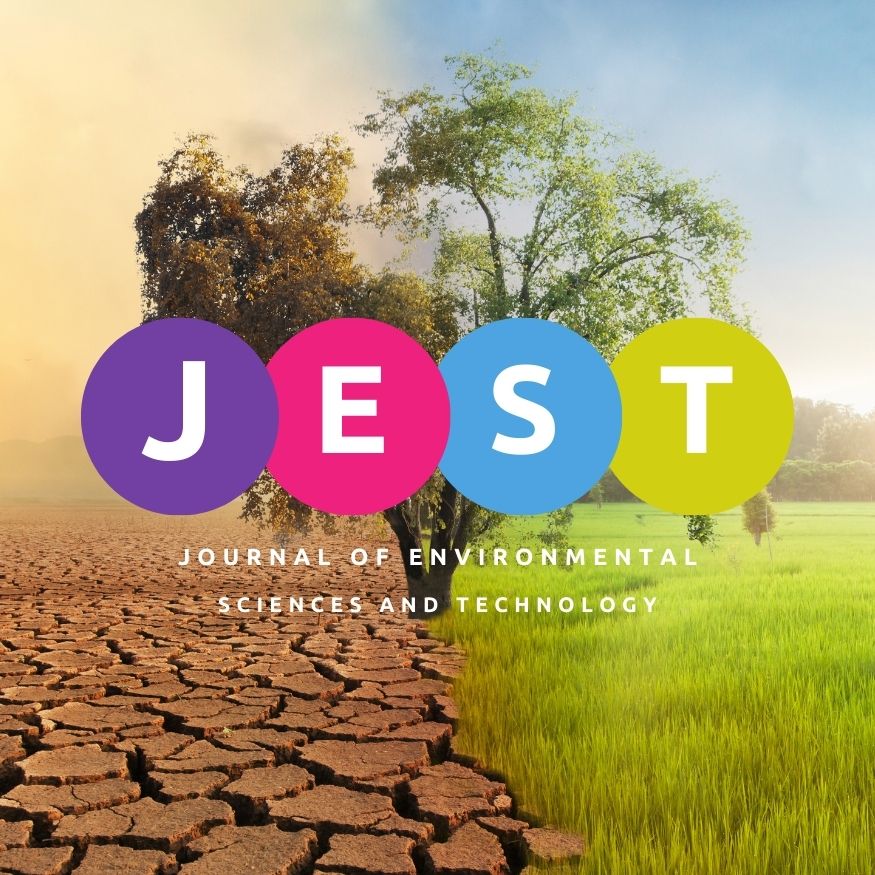Advanced Algorithms for Real-Time Detection of Floating Objects in Water Bodies Using AI and Neural Networks
Keywords:
real-time detection, floating objects, water bodies, AI, neural networks, CNN, YOLO, Faster R-CNN, sensor fusion, edge computingAbstract
The detection of floating objects in water bodies is crucial for numerous applications, including maritime safety, environmental monitoring, and disaster management. Traditional methods often rely on manual observation or basic sensor technologies, which are limited in accuracy and response time. This paper presents an advanced approach utilizing artificial intelligence (AI) and neural networks to enhance the real-time detection capabilities of floating objects in water bodies. The proposed system leverages convolutional neural networks (CNNs) for image processing and object detection, providing robust performance under varying environmental conditions. The core of our methodology involves training a deep learning model on a large dataset comprising diverse water scenes, incorporating different weather conditions, times of day, and types of floating objects. We employ state-of-the-art architectures such as YOLO (You Only Look Once) and Faster R-CNN, which offer a balance between detection speed and accuracy. Additionally, our approach integrates data from multiple sensors, including high-resolution cameras and LiDAR, to improve the reliability of detections and reduce false positives. To ensure real-time performance, the system is optimized using parallel processing techniques and implemented on edge devices equipped with GPUs. This setup facilitates rapid inference and deployment in remote or resource-constrained environments. Extensive field tests demonstrate the system's ability to accurately detect and classify floating objects, such as debris, boats, and buoys, with high precision and recall rates.





































